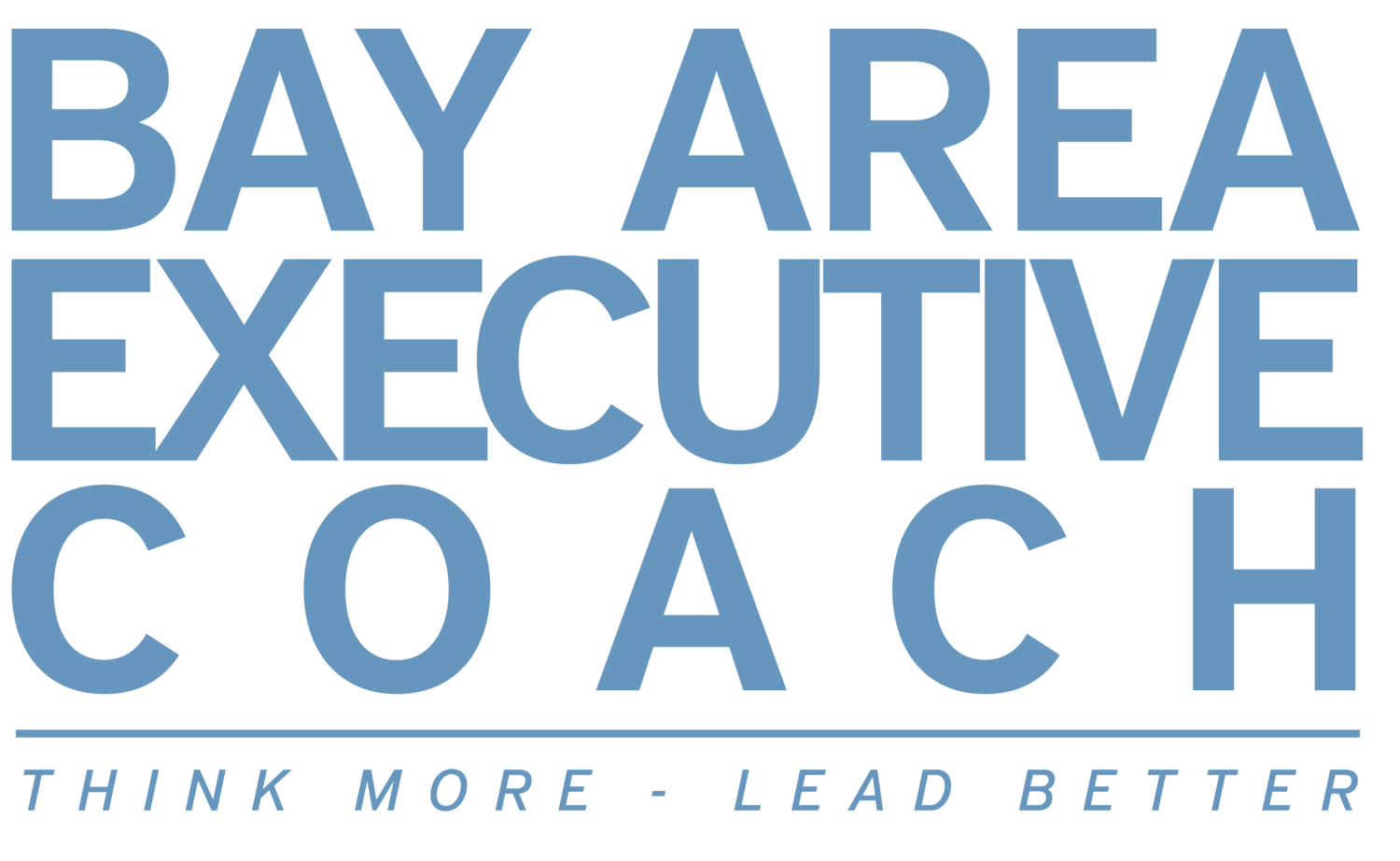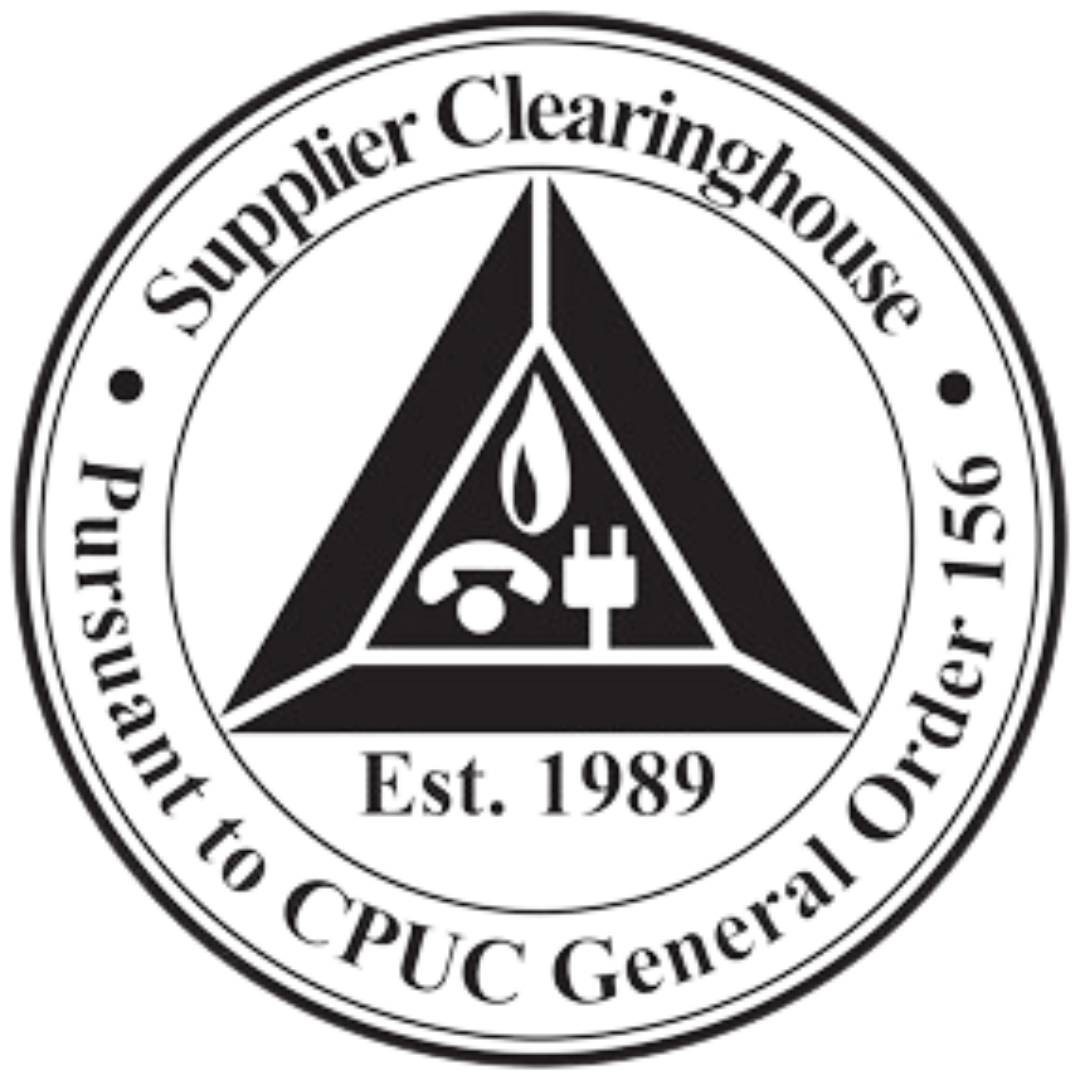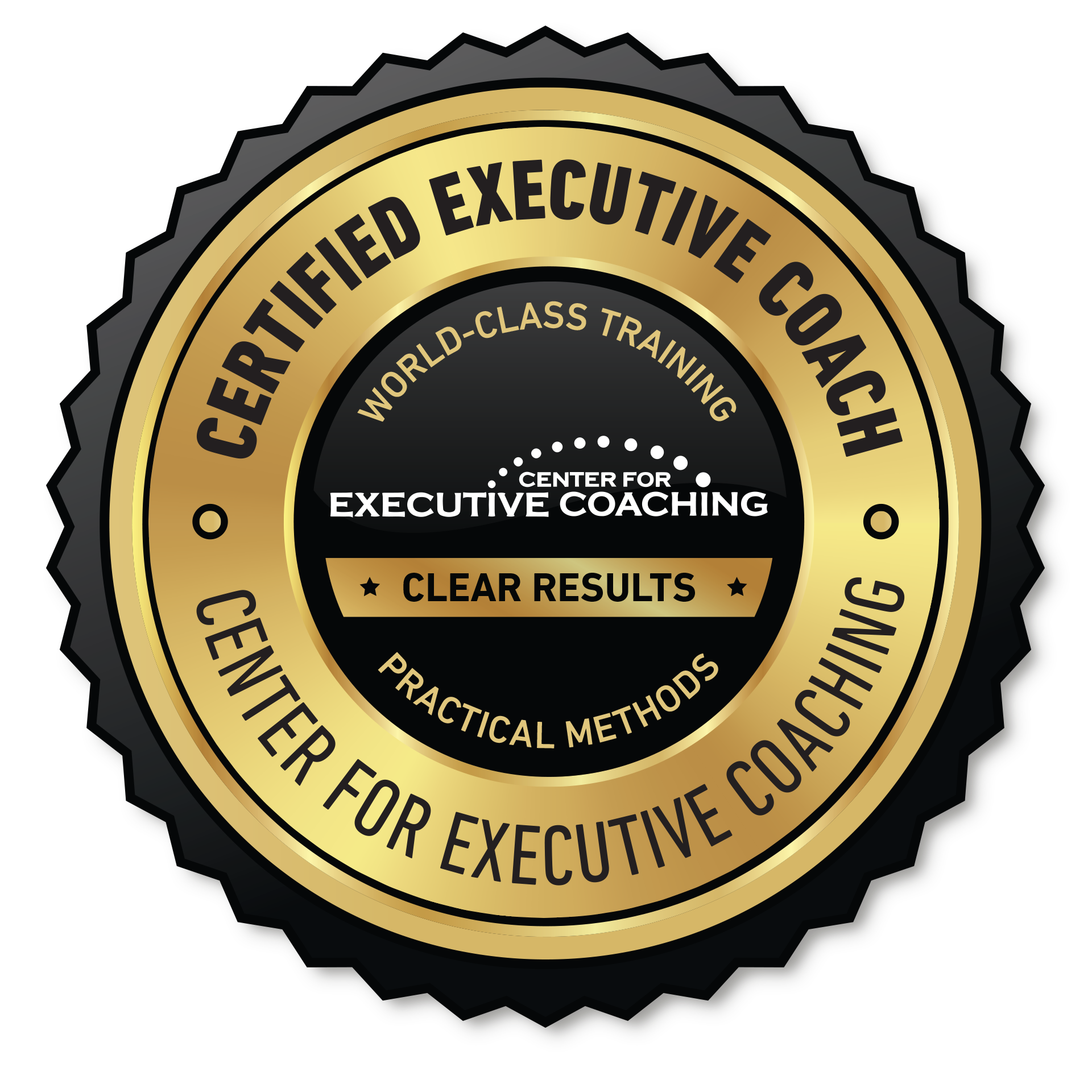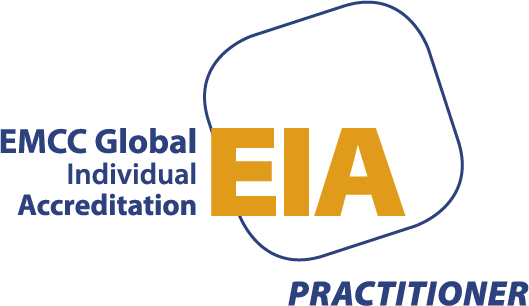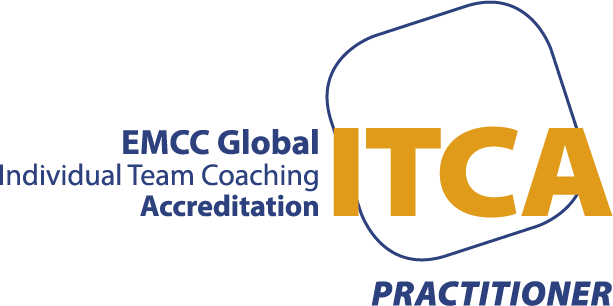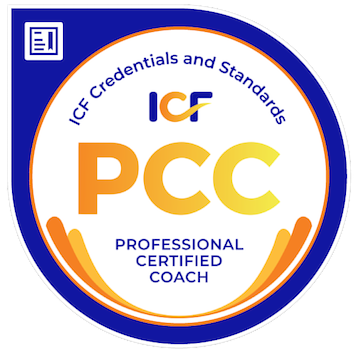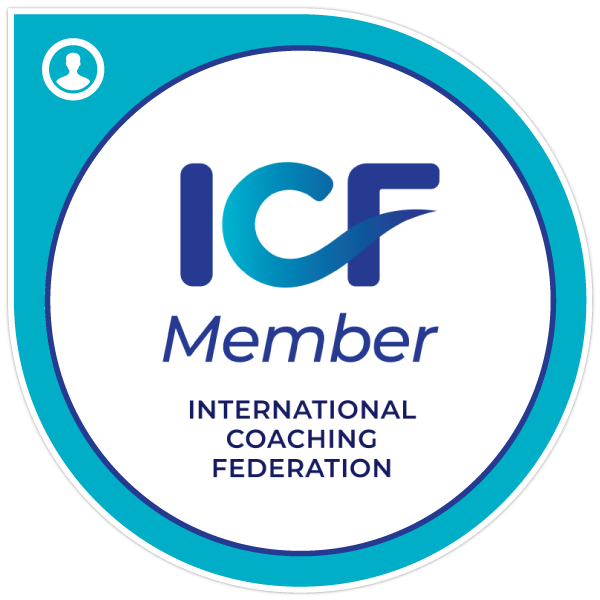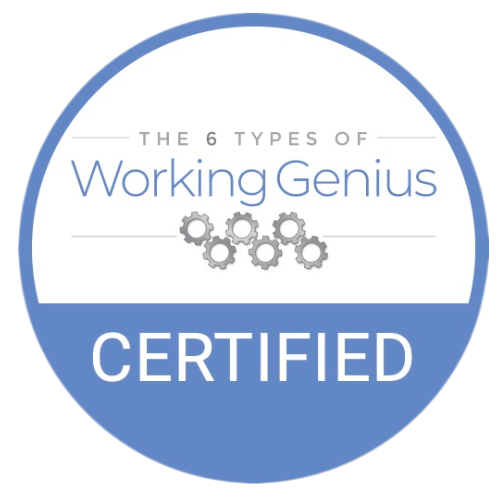No one wants to get stuck in a dead-end job. Having a job with an unclear path to career growth and development is dispiriting. In fact, the lack of career growth is often cited by exiting employees as a prime reason why they’re leaving their job.
Smart companies and smart leaders understand why it’s vital to provide employees with clearly defined pathways to career growth and development. This is clearly a crucial aspect of creating a productive and thriving workforce.
What is career pathing?
Career pathing is the process of creating a road map to enable team members to first see then realize their professional aspirations within their existing organization. It may involve development and training, job reassignments or job modifications, or promotions that move employees closer to their short and long-term career goals.
Career pathing ideally aligns with organizational growth. As employees progress in their careers, so too does the company. But even if that’s not necessarily the case, employee development is still well worth the investment because it works to retain valuable talent that would otherwise head elsewhere.
One important consideration about moving in this direction for the sake of the organization is to understand that the mindset of promoting from within is critical. If you have a history of finding leaders from outside the organization, this will undermine the success of creating meaningful career paths for your employees. 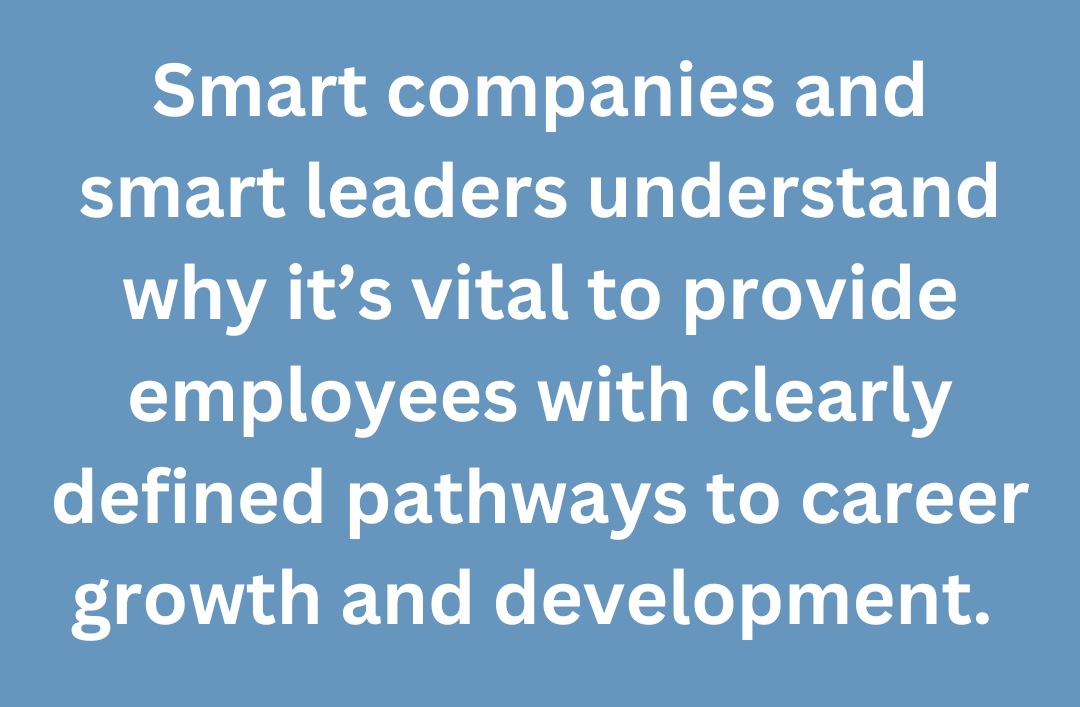
7 Steps for Creating Career Pathways
Admittedly, developing clear and effective career pathways takes time, effort, and planning. However, by implementing these steps you can create visible career paths for your employees that motivate and support retention.
- Create and deploy clear organizational charts
Org charts help employees see where they are in the organization and where they can progress to. When someone starts in a role that’s low on the chart, the org chart can motivate them to do the work and put in the time to move up. Additionally, a well defined org chart helps managers and the HR department visualize the organization clearly and map out the skills required for various roles.
- Encourage new hires and employees to grow
When employees first start at a company it’s important to encourage them to see their new job as a launching point for further growth and advancement within the company. Explain that they’re joining a company that promotes from within and wants all employees to grow in alignment with their ambitions. Encouraging employees to adopt a career growth mindset is likely to empower them to work hard and develop new skills as they strive to progress. It can also help them become more self-motivated to obtain a promotion or pay raise.
- Provide training tools and resources
This may be the most important step of all. Companies actively involved in their employees’ development through on-the-job training, dedicated classes, and similar educational programs invariably reap the benefits of having a more skilled, motivated, and loyal workforce. Just the idea that the company is willing to invest in their employees in this way is enough to make many employees want to invest more of their skills and efforts into the company’s success. Therefore, to prepare employees to make progress on their career paths, provide ample opportunities and training tools for professional growth. It can also be effective to challenge employees through special projects or assignments that help them expand and refine the skills they’ve learned in their current roles.
- Incorporate employee feedback into career pathway planning
Ask employees how they’d like to grow their careers and incorporate their ideas (when practical) into your company’s career pathways planning. When employees provide feedback to managers who listen, that feedback can become the basis of an effective mutually agreed upon growth plan that’s true to both employee desires and company needs. The alignment of those two elements can be truly edifying for all parties.
- Establish fair procedures for promotions
When developing career paths for employees, it’s important to establish fair and transparent procedures for promotions. Such procedures foster a supportive work culture that values accomplishments, equity, and respect for colleagues. It encourages employees to keep one another, and themselves, accountable for meeting goals. For example, if the team knows that all employees who achieve their sales quotas receive a pay raise at the end of the quarter, it’s clear to others why someone earned their pay increase or bonus. Furthermore, when someone gets promoted because they’ve been deemed to now have the skills and traits necessary for success at the next level, it’s clear to all and serves as an encouragement.
- Help newly promoted employees make a smooth transition to their new jobs
Often a promotion means starting in a brand-new position with new sets of responsibilities and demands. To ensure a smooth and successful transition, management should be there to help the newly promoted person adjust to their new role. Training, mentoring and coaching are all good options to help the employee transition more easily. We’ve said before that career pathing does entail additional costs and effort, but the effect on the culture and morale should more than justify the investment.
- Support employees who didn’t receive a promotion
Employees who don’t get a promotion or who are passed over for promotion by a co-worker can feel slighted, unappreciated, and resentful. This obviously is not a desirable situation for anyone. Managers must support those who aren’t promoted through emotional and practical reinforcement. For example, a manager might provide feedback to the employee about areas of improvement or encourage the employee to apply to other opportunities within the organization to expand their skills. They should also be offered training and mentoring opportunities to level up their skills so they can get the promotion the next time around. The message should be: “Just because you weren’t promoted now is not to say that you can’t be promoted in the future. We want to help you get there.”
 Some Standout Examples of Companies Providing Strong Career Pathways
Some Standout Examples of Companies Providing Strong Career Pathways
Heineken
The Dutch beer giant runs a “reverse mentoring program” where junior employees act as mentors to senior leaders and executives. Such a program aims to provide leadership with a new perspective on the future of work and areas for growth. Heineken also runs a global diversity and inclusion program geared toward empowering colleagues to practice inclusion and embrace the diversity of countries the company operates in. The company’s career pathing is rooted in growing the sense of belonging, self-actualization, self-esteem, and safety of their employees.
Cooley Law
This global law firm has been recognized as one of the “Best Law Firms for Women and Diversity” a remarkable 12 times. Cooley also created a virtual mentoring program: the Cooley Academy Mentoring Program, geared towards improving their onboarding process. The purpose of this program is to pair new employees with experienced individuals to bring them up to speed more efficiently. Cooley also mentions their commitment to professional development and mentorship on their website’s careers page.
Amazon
Amazon runs multiple employee training programs under the Amazon Technical Academy to prepare nontechnical employees to move into software engineering careers. These training programs help employees feel confident and prepared to take on different roles at Amazon and also in other industries. One such program, Associate2Tech, trains front-line employees to move into technical roles, even if they have no previous IT experience. All training programs are voluntary and have proven widely popular with employees.
Chipotle
The fast-food industry is notorious for high employee turnover. To fight this trend, Chipotle
reinvested more than one-third of savings from tax law changes into its employee training and development programs. The company now sponsors 5,500 remote training courses, covering topics as diverse as business, technology, and wellness. This was part of a wider initiative that saw Chipotle introduce an employee resource group called the “United Network of Influencers Furthering Inclusion and Ethnic Diversity.” This group’s goal is to promote an equal opportunities approach to career growth and development, thereby helping Chipotle build a discrimination and inequality-free working environment.
IBM
The business tech giant offers its employees diverse career development programs. On average, each IBM salesperson spends 100 hours annually on professional learning, exceeding the company’s mandated 40 hours. Employees pursue their learning goals through career development programs that make them more likely to be promoted. Those who met the 40-hour learning target had 1.62 times higher odds of promotion in the next year, compared to those who didn’t meet the target. Through this style of career development program, IBM is able to consistently hit its business goals and develop a stronger working culture.
Procter & Gamble
The global consumer goods corporation provides its professional employees leadership training and development from the beginning of their employment. The company adopts a 70/20/10 approach to development: 70% experience-based learning, 20% learning from colleagues, mentors, and peers, and 10% from structured courses and materials. An impressive 99% of P&G’s senior leaders have been produced internally, showing the company’s commitment to nurturing and promoting talent from within.
Helping You to Grow Your Company’s Career Pathways 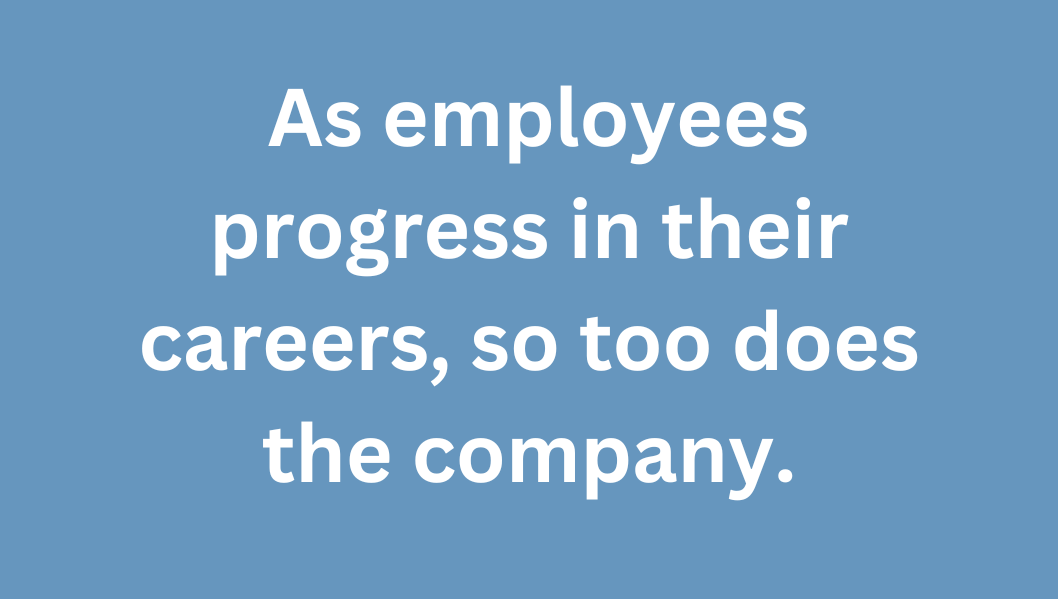
Are you striving, but struggling, to build sound career pathways for your employees, and yourself? Following the steps outlined here should help. If you are a member of a leadership team that needs to change your orientation towards promoting from within and investing in the growth and development of your team members, perhaps executive coaching can help. Schedule a meeting with us to learn about how we can work to support your organization’s movement in this positive direction.
Here are more resources related to this topic
Articles
- 11 Ways to Make Your Company a Best Place to Work
- Building a Best Place to Work: Show Respect and Appreciate Diversity
- 11 Ethical Principles for Executives
- Creating a Culture of Coaching in an Organization
- Building a Culture of Accountability in Your Organization
- Leading by Example: How Leaders Can Shape Their Organizational Culture
- RAISED: 6 Steps to Raising Employee Engagement
- Tips for handling difficult conversations with employees and colleagues
- How Business Leaders Can Inspire Performance in their Employees
Guides
Case Study:
Videos
- 11 Ways to Make Your Company a “Best Place to Work” – Part 1
- Part 2 of 11 Ways to Make Your Company a “Best Place to Work”
- Why You Need to Cultivate a High-Trust Environment in Your Organization
- Why You Need to Deal With Problem Employees Sooner Than Later!
- One Simple Way To Raise Employee Engagement
- How to Express Tough Love to Your Employees as a Leader
- When High Performing Employees Misbehave – What to do?
Photo copyright: Featured photo is from ©Pixabay via Pexels. Secondary photo is from ©Roberto Hund via Pexels.
